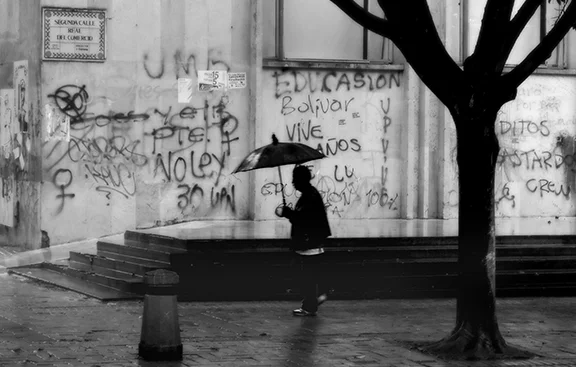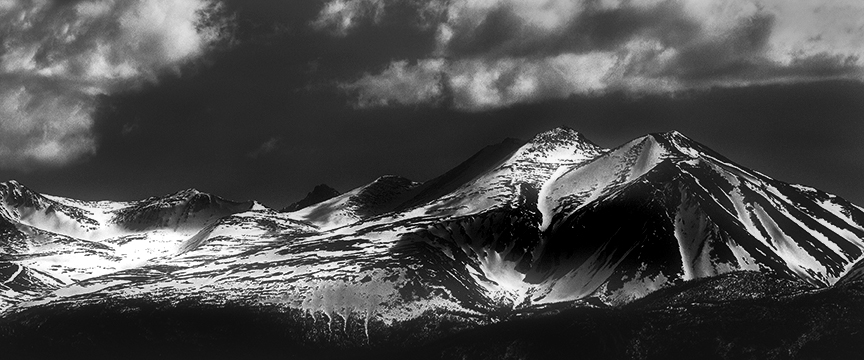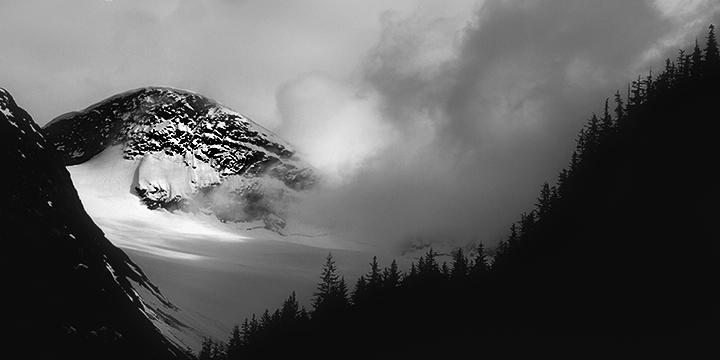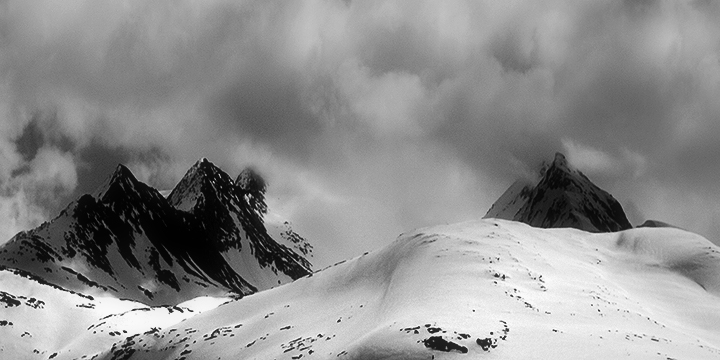Through the years, visiting galleries, exhibit openings and photography presentations, I have often heard people in conversations use words like “feelings,” “emotions,” “movement”, “passion,” “soul,” in their attempts to decipher what is abstract art. Perhaps these words are hints of the actual relationship between the artist and the viewer or visa versa. Believing that expressionistic artists are dedicated to expressing emotions and states of mind rather than describing impressions of the material world makes me question whether or not abstract art always needs interpretation.
What makes an abstract image resonate? Is it a riot of colour that first attracts? Is it the hidden elements, once recognized, that delight? Canadian photographer Freeman Patterson’s compositions contain colour, movement, energy and shape that attract, delight, and excite. He removes the labels of the recognizable and the familiar and creates works capable of evoking inspiration, beauty, or peacefulness, thus allowing the viewer to simply experience the joy of seeing. The question of “understanding” abstract art seems pointless to me. I believe the best response is an emotional, not an intellectual one.
Abstracting is the capacity to examine your subject and take away the labels that identify it. In abstract art you will not find a structure recognizable in daily life, or any identifiable imagery. Instead you will discover a multitude of colour, tones and shapes within an element of structure that is defined only by the artist’s imagination.
For example, nearly everyone observing a landscape would see a sky, grass and a winding road. The art of abstraction would have you look at that same landscape in an entirely different way: now you see an enormous rectangular shape containing an oblique line through it (the grass and the winding road) under a smaller lighter rectangle (the sky). Seeing further than the external characteristic of the scene and developing your capability to interpret it distinctively and with emotion is essential to producing images that are unique, and, more importantly, that reaches the heart of viewer.
Distinguishing the elements in a scene as non-representational forms and learning to arrange these forms and tonalities in a careful and pleasing arrangement is the key to improve your artistic path in photography and transform your images into something more than simply pretty pictures.
When I set my photographs free in the world (through exhibitions or sales), I have to trust that they will find safe, appreciative homes. Recently I sold one of my abstract photographs to a collector in Toronto. Feeling compelled to describe the impact of the image she recently acquired; I received this wonderful e-mail from her.
“I just wanted to send a note to let you know how much my patients and I are enjoying your photograph. I am a clinical psychologist promoting art therapy. Your photograph has become an unexpected attraction with people trying to see as many different things in it. I’ve been impressed with the playfulness and creativity from inside the perimeter of the frame and how these same characteristics are transferred towards the people viewing it. My associates and staff refer to viewing your photograph as going to “WONDERLAND”. Thank you again for this delightful addition to my practice. It’s taken on more meaning than simply a photo on the wall.”
This note confirms my belief about the silent beauty and impact of abstract art. The colour, the texture, and the shapes do not resemble anything the viewers may be familiar with, but instead prompt the audience to create meaning in their own imaginations. With the labels removed, the responses to a photograph will be as varied as the individuals who view them. In the world of abstracts, both the maker and the viewer can be transported to a “WONDERLAND” where anything is possible.
In your journey into documenting discovery, I propose that at the time of creating your image, you strive to remove the labels of your subject. The colours and hidden textures will render many image possibilities within the four corners of your viewfinder and will guide you to a creative state of mind filled with wonder. However, you must be tremendously focused in order not to finish with chaos. The goal is to create balance within disorder. The shift from realism to abstraction challenges the expressive interpretation of my work. Capturing balance in chaotic situations invigorates me and provides serenity at the same time.
This openness to wonder, to seeing the invisible, is something artists, spiritual masters, and children all have in common. The magnificence of light encourages a childlike capacity to wonder, to dream in the daytime. Take a moment and observe children. Notice how they have a way of listening and reacting to thoughts and impulses, leaving their minds opened to the possibilities of wonder within their imaginations. I believe that adults can learn from children because creativity depends upon imagination, upon emotion, upon play, upon being open to wonder. Similarly, I feel that if a photographer is someone who remains sensitive to his being, his surroundings and his inner self, he will see things others do not, and enter the “WONDERLAND” of abstract art.
"Art is what defines us, as a culture and as individuals. To suppress creative expression is to bind and silence our very souls."



















